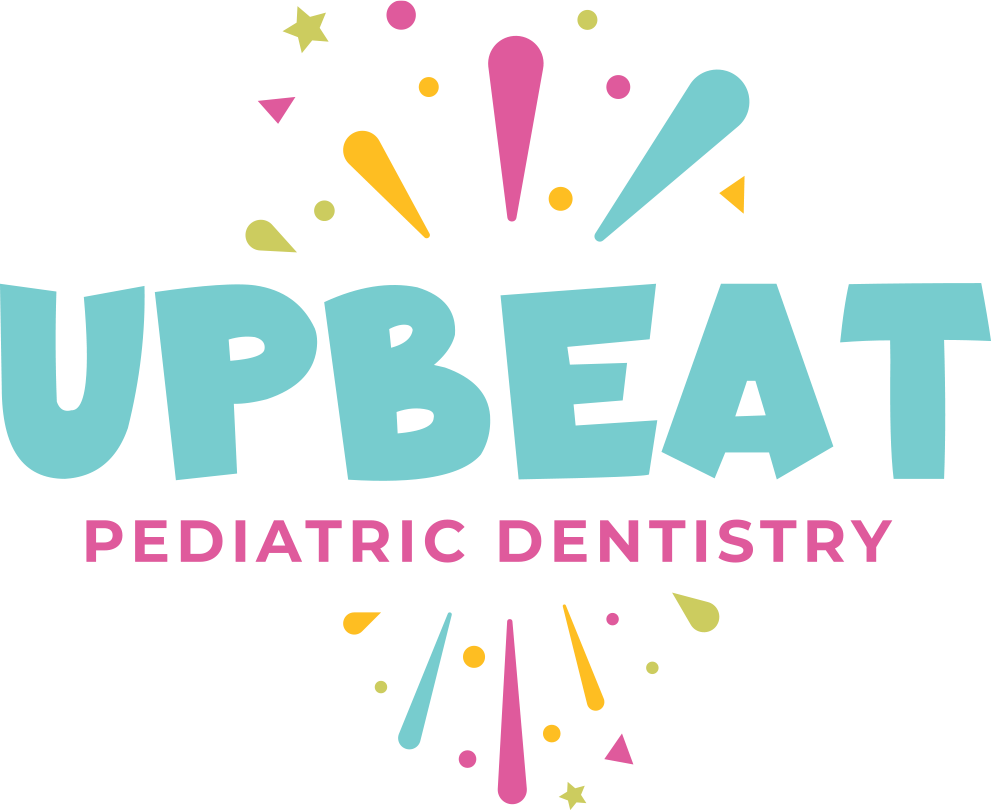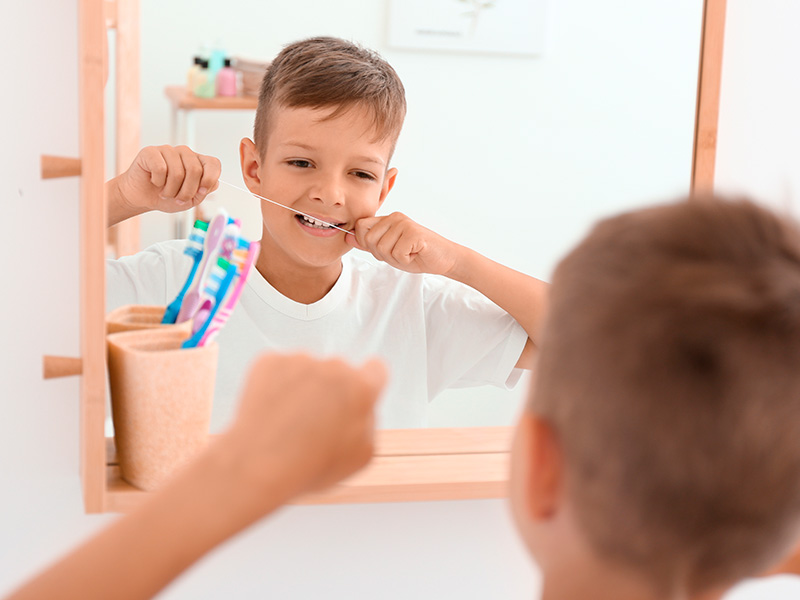The first dental visit is a significant milestone in your child’s life, setting the foundation for a lifetime of good oral health.
At Upbeat Pediatric Dentistry, we understand that this experience can be both exciting and a little intimidating for both parents and children. That’s why we’re here to guide you through the process and provide you with tips on how to prepare your child for their inaugural dental appointment.
The Importance of Early Dental Visits
Many parents wonder when the right time is for their child’s first dental visit. According to the American Academy of Pediatric Dentistry (AAPD), a child should have their first dental visit by their first birthday or within six months after the first tooth erupts.
Early dental visits are essential for several reasons:
- Establishing a Dental Home: Early visits help establish a “dental home” for your child, where they can receive regular check-ups and build a trusting relationship with their dentist.
- Preventing Dental Issues: Regular check-ups allow the dentist to monitor your child’s oral development, spot early signs of dental problems, and provide preventive care to avoid more significant issues.
- Promoting Good Oral Hygiene: Early visits give parents guidance on how to care for their child’s teeth properly, including brushing and flossing techniques, dietary advice, and more.
- Building a Positive Dental Experience: A positive first dental experience sets the tone for future visits, helping to reduce dental anxiety and fear.
Tips for Preparing Your Child
- Choose the Right Dentist: Selecting a pediatric dentist like those at Upbeat Pediatric Dentistry is crucial. Pediatric dentists specialize in treating children and are skilled in making the experience enjoyable.
- Timing is Everything: Schedule the appointment during your child’s most cooperative and alert time of day. Avoid naptime or mealtimes when they might be tired or hungry.
- Role Play: Pretend play can be a fantastic way to prepare your child. You can take turns being the dentist and the patient, using a toothbrush to count teeth or a mirror to explore their mouth.
- Stay Calm: Children are highly perceptive, so it’s crucial to stay calm and positive about the visit. Avoid passing on any dental anxieties you may have.
- Bring Comfort Items: If your child has a favorite toy or blanket that provides comfort, bring it along to the appointment.
What to Expect During the First Visit
During your child’s first dental visit, the focus is primarily on creating a comfortable and positive experience. The dentist will:
- Examine your child’s mouth, gums, and any erupted teeth.
- Assess oral development and potential issues.
- Offer advice on teething, pacifier use, and thumb-sucking.
- Provide guidance on proper oral hygiene and diet.
Scheduling Your Child’s First Dental Appointment
Preparing your child for their first dental visit is an essential step in ensuring a lifetime of healthy smiles. By following these tips and choosing a trusted pediatric dentist, you can set the stage for a lifetime of positive dental experiences and excellent oral health.
At Upbeat Pediatric Dentistry, we are dedicated to making this experience as pleasant as possible for both you and your child. Schedule your child’s first dental visit with us, and together, we’ll embark on this exciting journey towards a bright and healthy smile.




